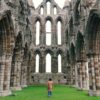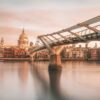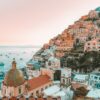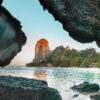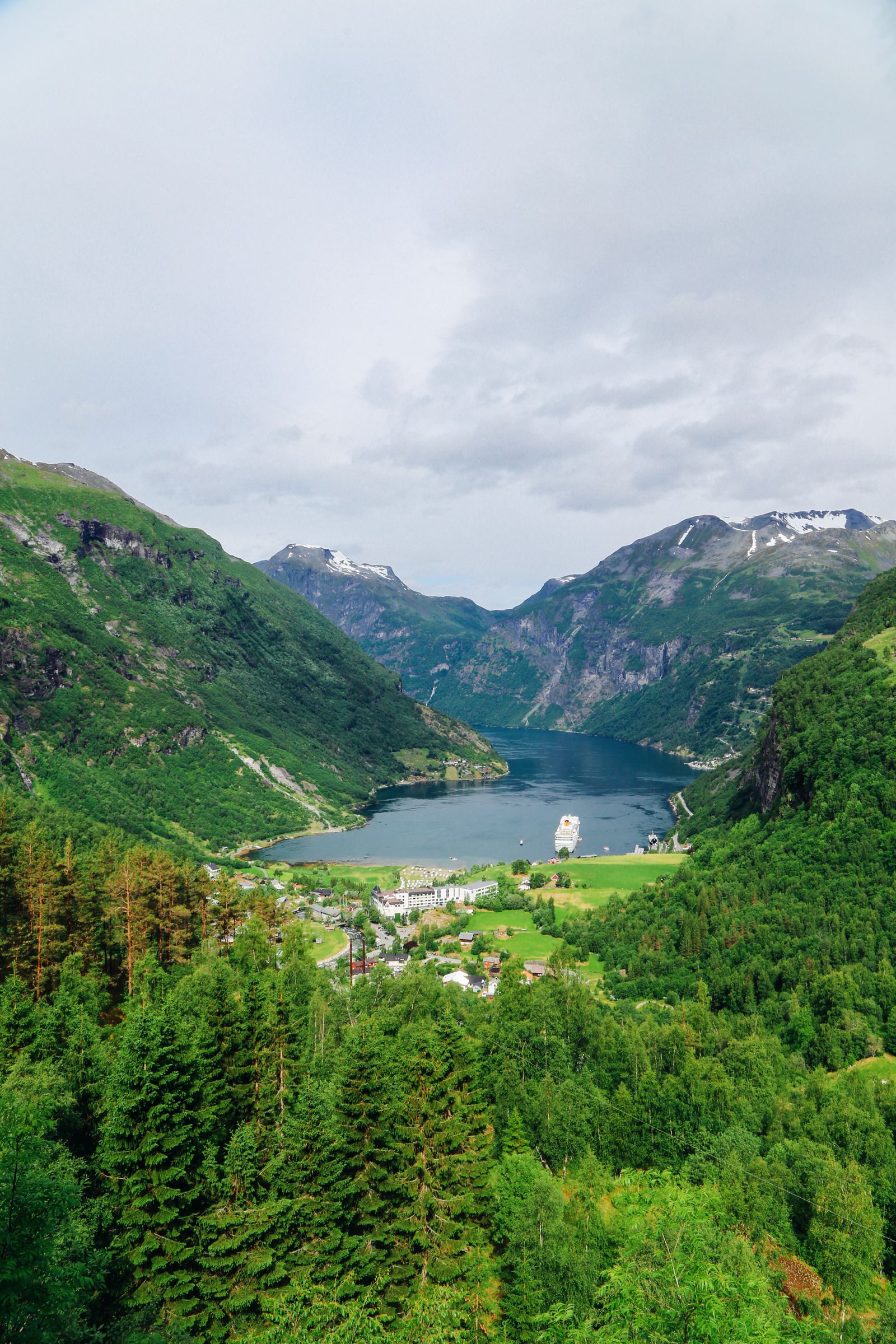The Japanese island of Kyushu is one I’d never really thought of visiting before. I just didn’t know enough about it to even consider it to begin with.
This all changed after we visited Tokyo for the first time last year. Over wine, our group of friends decided to head over to Seoul (there was like this amazing deal going at the time) and as part of that trip, we would make time to head over to Tokyo.
Somehow, by the time we got to booking, a trip to China and Bilbao – in the Spanish Basque Country, got thrown into the mix but that’s a story for another day.
Our trip to Tokyo was fairly short but absolutely amazing! We were there for 4 days and 3 nights (I think I slept for a grand total of 8/9 hours across those 3 nights) but we left absolutely in love with Japan and so keen to see even more of it!
And that’s how Kyushu came about. After having visited Tokyo, we figured a trip to a totally different part of Japan – the island of Kyushu, was probably a great way to go. (*Spoiler alert – we weren’t wrong! 😀 )
For the uninitiated, here’s a bit of background – Kyushu is one of the 4 main islands of Japan (Honshu is one of said 4 islands that home to Tokyo) and Kyushu is the most Southern of the 4 islands. It’s also an island known for its natural hot springs, ancient temples and a whole lot more we planned on exploring over the coming week.
And so, off we went to Kyushu, flying into Oita (via Tokyo – the flight is just a little over an hour so it’s very easy to get to) and, on arrival, we wasted no time whatsoever and headed straight out to explore. (We decided to do a last minute upgrade at the airport which meant getting pretty great sleep and arriving in Oita with a full night’s sleep).
We started off with the Usa Shrine, a Shinto shrine in, you guessed it – the city of Usa.
This 8th-century shrine dates back to the Nara period of Japan.
Now, I don’t know nearly enough to even begin to explain the history of Japan from back during the Nara period (Wiki’s got you covered on the history front) – what I do know is that this shrine is around 1,300 years old and is a rather impressive piece of Kyushu’s history.


It’s also pretty impressive to explore (and fairly expansive) so we set off to check out the main part of the shrine (below)…


…marvelling at the details and the centuries-old architecture



…before carrying on to check out other parts of the shrine.


Now, what I would say is that a lot of what’s here is actually in Japanese but I found out later that if you connect to the Wifi here (and in other temples), there’s a website here (it’s all part of the Wifi system) that plays you a guide in English as you go across each section of the shrine and it’s definitely worth setting up as you explore.
Eventually, a loud and rather raucous rumbling in our tummies reminded us that it was actually lunch time and so off we went to find ourselves our very first Japanese meal in Kyushu.


For lunch, we headed over to Maruman, a seafood restaurant for what turned out to be a rather delicious platter of sashimi, tofu, kobachi, kakiage, warm broths and chawanmushi.
(*It was at this point I started to realise that our knowledge of Japanese food back home in London is somewhat lacking – there’s so much more on offer here than we realise back home in the UK).
Tummies full, we went off in search of Kumano magaibutsu – a group of stone Buddhas, carved high in the hills, dating back to the Heian period (which essentially means they’re about 1,000 years old).
As you can imagine, being up in the hills, finding those Buddhas involved a bit of an uphill trek (an excuse to walk off lunch, I guess) across a huge stone path.


You arrive at the top (well, not at the top – you can still carry on that path even higher if you choose), to Fudo Myo-o (an 8m tall Buddha carving)…
…and Dainichi Nyorai – a slightly smaller 6m tall Buddha carving.
Alas, the harsh light of daylight made it pretty hard to get photos but you can hopefully get a sense of what these 1,000+ year-old carving look like.
Leaving Kumano magaibutsu, and stopping off briefly to check out the fun scarecrow art in the countryside (there’s a story behind each of them and everything), we headed over next to Maki Odo.
Oh, and just in case you hadn’t realised by this point, our entire plan for today was pretty much to check out all these historic spots in the region.
There’s so much well-preserved history here that it just made sense to take it all in (plus, a pretty great way to stave off jetlag is to stay busy on your first day of arrival so you can go to bed at the right time and hopefully sync yourself to your new time zone as quickly as possible.)
Maki Odo is a temple dating back to the Edo period of Japan (1603 – 1898) and is home to some pretty important Heian period statues, which essentially means that even though the temple is around 4 centuries old, those statues inside are over a 1,000 years old.
Inside, you have the Seated wooden statue of Amida Nyorai, the Wooden statue of Daiitoku Myōō seated on a cow, the Triad of Fudō Myōō and the Four Guardian Kings statues – all very impressive, and intricately designed.


*It was at this temple I discovered that Wifi guide I mentioned about earlier.
Leaving Maki Odo, we stopped off briefly at Fuki-ji Temple – a small but impressive temple dating back to exactly 1,300 years this year!
The temple is actually the oldest wooden structure in the island of Kyushu and is officially a National Treasure.


Next up, we headed over to Futago-ji Temple – our final temple for the evening. (We had plans to go to Ruriko-ji Temple as well but by the time we left Fujago-ji, it was too late to fit that in… plus, to be totally honest, temple-fatigue had pretty much set in by that point).
You’re welcomed by two grand statues when you arrive here, followed by another uphill walk to actually get to the temple. (If this isn’t something you wanna do, you can actually drive up to the main part of the temple but it’s definitely worth checking out this entrance.
Futago-ji is another temple with over 1,300 years of history and sits near the top of Mount Futago. Alas, you’re not allowed to take any photos inside the temple so I can’t really show you what it looks like but it’s definitely worth a visit.


Leaving the main temple area, we headed up even further in the mountains to explore more of the temple’s grounds and artefacts before eventually deciding to call it a day and head over to Beppu – a city famous for its natural hot springs.
Beppu apparently is the world’s second-largest source of thermal water after Yellowstone National Park in the US – which makes sense given over 2,500 hot springs available here.
With so many natural hot springs here, a stay somewhere with an onsen (which generally refers to the hot springs and the baths) was a must-do and with that, we headed over to our very first Japanese Ryokan – the Kannawaen, Beppu.



Ryokans are like Japanese B&B’s or traditional hotels (their history dates back to the 8th century) and is such a great way to experience a more traditional side to Japan.
Ours, however, was something of a brilliant hybrid (which I have to admit, I was so grateful for) as they had typical western beds (and a living rooms) alongside Japanese furniture and designs.



We even had our own private onsen. There’s also a huge public onsen available and yes – you have to go in totally naked.
If you’re not so keen on parading around naked, ne’er fret though, but they’re not mixed gender (gents and ladies have separate ones) and if you’re still not keen, you can just stick to your private one.
Once we settled in, we headed downstairs to the restaurant at the Kannawaen.
I’d love to be able to tell you about every single course we had but we went for a set menu, written entirely in Japanese and so I couldn’t even keep track of everything.



There was a fair bit of sashimi (including raw squid), soups, tofu and even a brain-like thing, called Shirako, that turned out to be male fish balls (like the reproductive one – not like fish cakes). The fish balls, despite my initial hesitation, actually ended up tasting like fish roe so nothing to be worried about. 😀
Steaming plate after steaming plate came out, interlaced with colder dishes and despite each course looking fairly small, a non-stop array of these dishes meant that you were very quickly stuffed and ready for bed.


And with that (after a brief but thoroughly relaxing onsen session followed with some tea), we decided to hit the hay, eager to explore even more of Kyushu and find out even more about this amazing island of Japan. 😀
Check Out The Very Best Of Great Britain!















































